Last week, an ad of the Toyota Camry Hybrid appeared on oto.my, and the car featured was in facelift form. Now, these pics from reader Chong show a facelifted Camry racking up miles on the KESAS Highway, strengthening belief that the promised Camry Hybrid will make its Malaysian debut with a new face. Alongside the facelifted regular car, possibly.
UPDATE: The white car above, with LED headlamps and taped-up badges on the front wing, is most probably a Camry Hybrid, although this is the first time we’re seeing this intricate grille pattern. The JDM car has standard horizontal slats.
If the launch happens soon, it could even be an unlikely ASEAN debut, as this facelifted XV50 Camry is not yet available in Thailand and Indonesia, two large markets that are traditionally first in line for new products.
Previously previewed at KLIMS 2013 and spotted last year – first at JPJ Putrajaya, then again out on the open road – the Camry Hybrid is expected to be CKD locally-assembled to take advantage of the duty exemptions offered by the government. Unlike the previous tax breaks for CBU hybrids (which ended in 2013), there is no 2.0L limit now, meaning that the 2.5 litre Camry will be eligible.
Powering the Camry Hybrid is a 160 PS/213 Nm 2AR-FXE 2.5 litre Atkinson-cycle VVTi four-cylinder petrol engine mated to a 143 PS/270 Nm electric motor and an eCVT – the same combo as on the Lexus ES 300h. Combined power output is 205 PS, resulting in a 0-100 km/h sprint time of 8.6 seconds, 1.1 seconds faster than a Camry 2.5V. Claimed fuel economy is 19.6 km/l.
The oto.my ad quoted a price of RM199,990, meaning that previous indications by UMW Toyota – that the car would be priced slightly higher than the top-spec RM181k Camry 2.5V – could be pretty much spot on.
Looking to sell your car? Sell it with Carro.

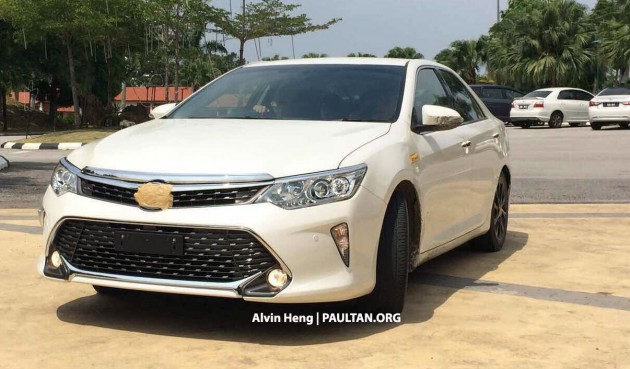


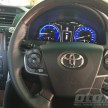

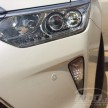
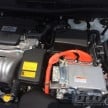

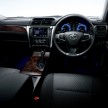
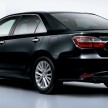
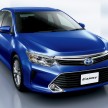

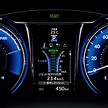
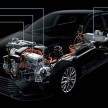
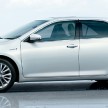
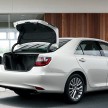
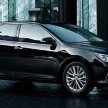
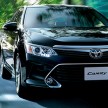
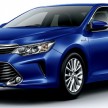
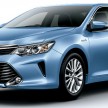
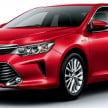
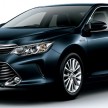
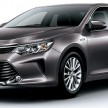
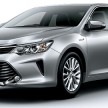

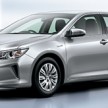



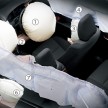
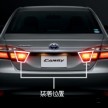
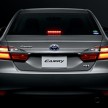
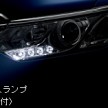
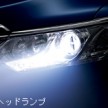
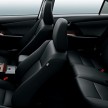
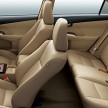
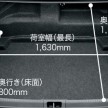
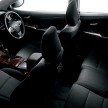




























AI-generated Summary ✨
Comments mostly express negative opinions about the Toyota Camry facelift, criticizing its design, perceived low quality, and high price, especially for hybrid variants. Many feel the car appears unattractive and not suitable for an executive sedan. There are also concerns about pricing inconsistencies, with some accusing UMW of profiting excessively despite tax incentives, and skepticism about the value of hybrid technology. Some comments highlight UMW's marketing strategies and compare the Camry unfavorably with other brands like Honda or Proton, suggesting the Camry is overpriced and less desirable. Despite some acceptance of the car's reliability, overall sentiment shows disappointment, with many wishing for a new model rather than a facelift, and expressing frustration with current offerings.